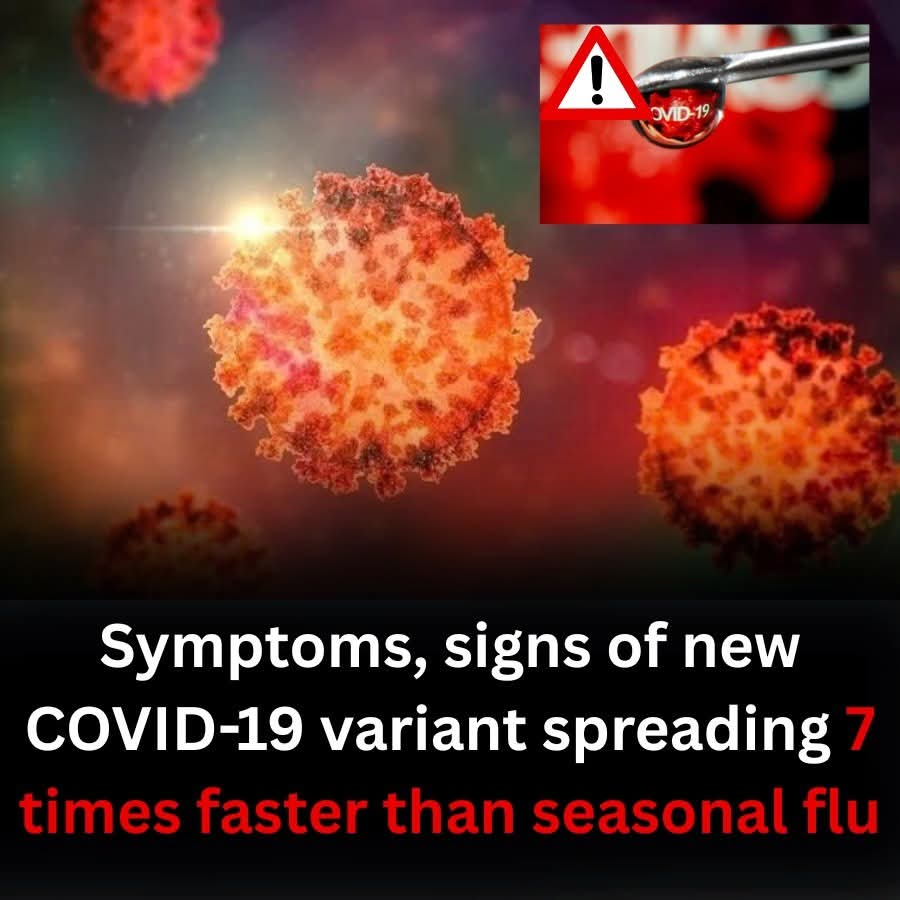New Variants: XEC & NB.1.8.1 (Nimbus)
- XEC Variant
- Transmissibility: Up to 7× faster than seasonal flu
Symptoms: Typical Omicron-like symptoms — fever, aches, cough, sore throat, fatigue, congestion, runny nose. Generally mild for most healthy individuals.
Risk groups: Particularly concerning for the elderly and people with underlying health conditions.

—
NB.1.8.1 (aka “Nimbus”)
Where it’s spreading: Detected in the U.S., Asia, Europe, Australia; accounts for ~10% of global cases
Transmission: Fast-spreading with moderate immune evasion; not linked to increased severity
Unique & Warning Symptoms:
Severe sore throat, described as “razor-blade” pain
Gastrointestinal issues: nausea, vomiting, diarrhea, heartburn
Other symptoms include fever, chills, fatigue, dry cough, congestion, muscle and joint aches, runny nose, headache, loss of appetite, dizziness, chest pain, shortness of breath, conjunctivitis, rash, and confusion
—
💡 What You Should Do
Stay alert to these symptoms, especially if you experience a sudden, painful sore throat or stomach issues like nausea or diarrhea.
Test promptly if you notice respiratory or gastrointestinal symptoms.
Isolate until you feel better—experts recommend staying home at least 48 hours after symptoms ease
Get vaccinated or boosted, especially if you’re over 65 or immunocompromised—current vaccines still protect against severe illness
Use basic precautions: wear masks in crowded indoor spaces, wash hands, and avoid close contact when sick.
—
✅ Bottom Line
While both XEC and NB.1.8.1 are highly contagious, they don’t appear to cause more severe illness than previous Omicron strains. Still, their speed of spread and unusual symptoms—especially with NB.1.8.1—call for increased vigilance.
Early detection saves lives. Pay attention, test early, and take sensible precautions.






